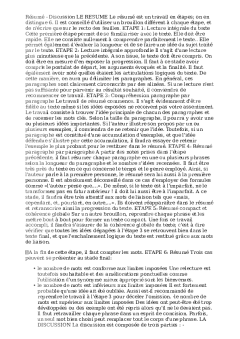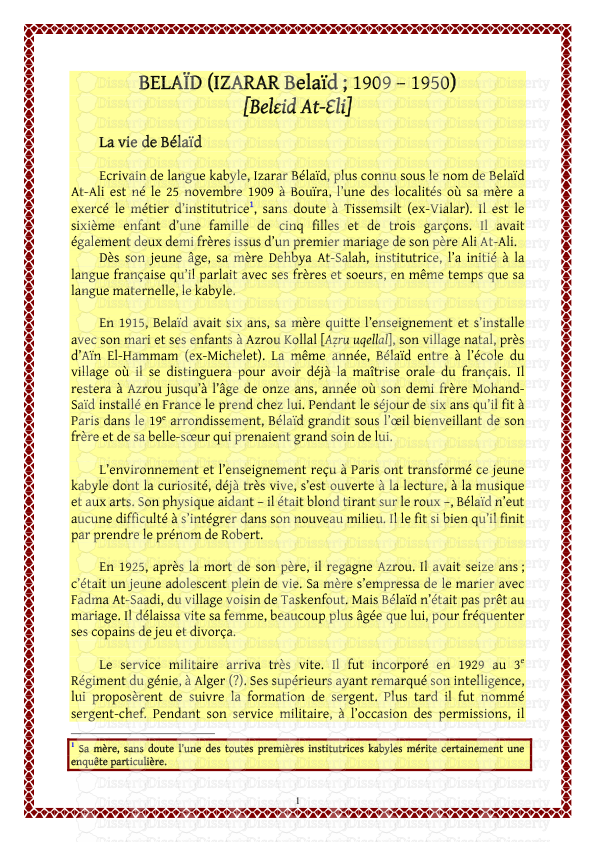Surprise at length of tocharian nouns pdf 1
Melanie Malzahn Surprise at length of Tocharian nouns Abstract The Tocharian languages exhibit many examples of the lengthened grade in roots of nominal stems We ?nd forms that on the one hand descend from PIE paradigms in which lengthened grades are expected given our current understanding of ablaut patterns e g TA ?anwe ? ? jaws ? which descends either from an acrostatic u-stem or from a PIE denominative o-stem that denoted appurtenance and was formed by v ?ddhisation On the other hand there are lengthened grades in Tocharian nouns that do come as a surprise as is the case with TB ? em TA ? om ? name ? if this goes back to a protoform E EE PIE h ?n h ?-m These unexpected lengthened-grade forms will be discussed especially in the context of the so-called Narten system Keywords Tocharian nominal word formation vocalism lengthened grade Narten system Melanie Malzahn University of Vienna melanie malzahn univie ac at When it comes to reconstructing details of PIE nominal morphology Tocharian does not take pride of place Nevertheless there are quite a few Tocharian nouns showing what seems to be a pre-Proto-Tocharian pre-PT lengthened grade in the root or in a nominal su ?x In this paper I tackle what seem to be inherited lengthened grades of roots re ected in Tocharian nouns Thematic nouns and what may be derivatives from thematic nouns Lengthened grades found in root syllables of both thematic nouns and athematic nouns that may have been derived from thematic nouns such as - i- -n- and There are plenty of such pre-PT lengthened grades in the Tocharian verbal system see Malzahn passim As for su ?xal ablaut e g TB ma ?ce ? ?st ? evidently forms an equation with Proto-Indo-Iranian musti- ? ?st ? but seems to attest to a quite unexpected PIE nom sg ending -t ? y pre-PT - t ?s instead of the regular -ti-s met in Indo-Iranian if- - Bereitgestellt von Vienna University Library Angemeldet Heruntergeladen am C Melanie Malzahn -eh - stems come as no surprise as PIE had denominative o-stems which were formed by v ?ddhisation of the root vowel of the base noun i e addition of an eor o-vowel and denoted appurtenance Derivatives of such a morphological structure were probably used in order to substantivize adjectives as well as per Weiss Both TB yente TA want ? wind ? E EE h w ?h ?- t-o- sic as per Schindler Widmer evidently analyzed as a substantivized variant of a participle with Narten root ablaut E EE h weh ?- t- by Schindler somewhat di ?erently Widmer and TB yerpe TA yerpe ? orb ? h ?rb -o- see Adams analyzed as the result of a ??substantivization by v ?ddhi ? of a verbal adjective h ?erb ó- ? turning ? by Weiss f seem to exhibit precisely this process As far as leges artis are concerned TB ?er u we TA ?aru ? hunter ? may be
Documents similaires










-
89
-
0
-
0
Licence et utilisation
Gratuit pour un usage personnel Aucune attribution requise- Détails
- Publié le Apv 09, 2022
- Catégorie Literature / Litté...
- Langue French
- Taille du fichier 91.1kB


